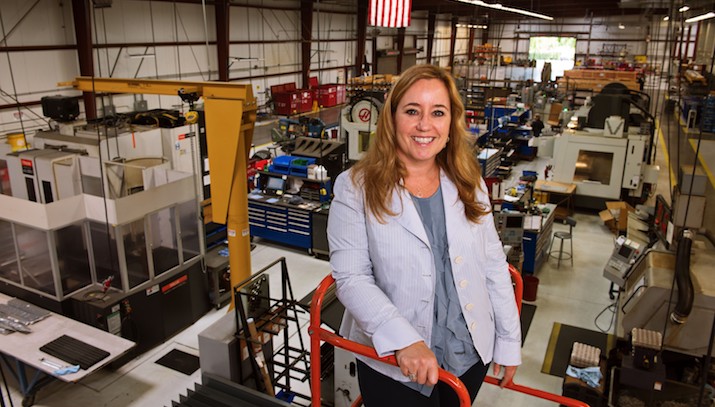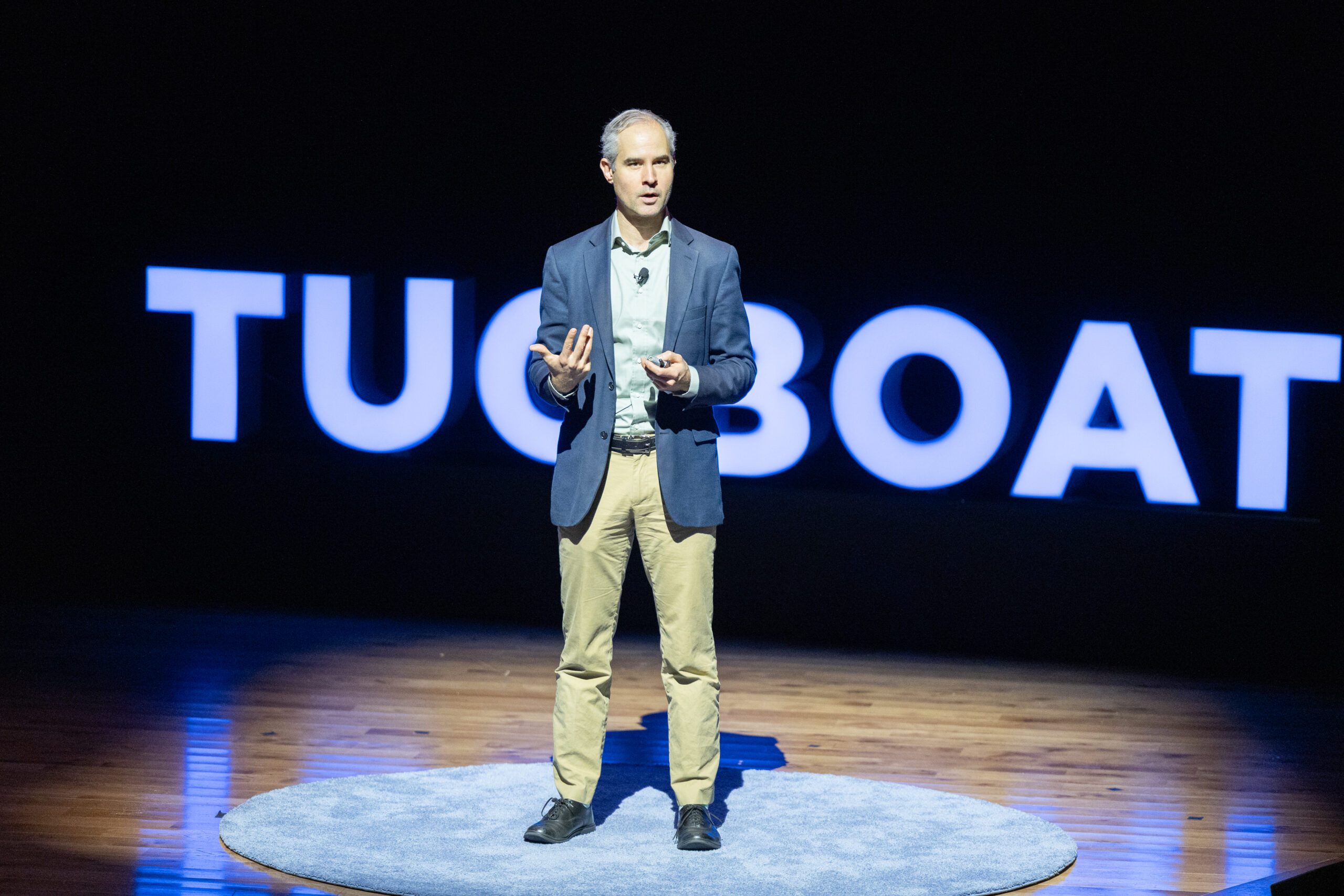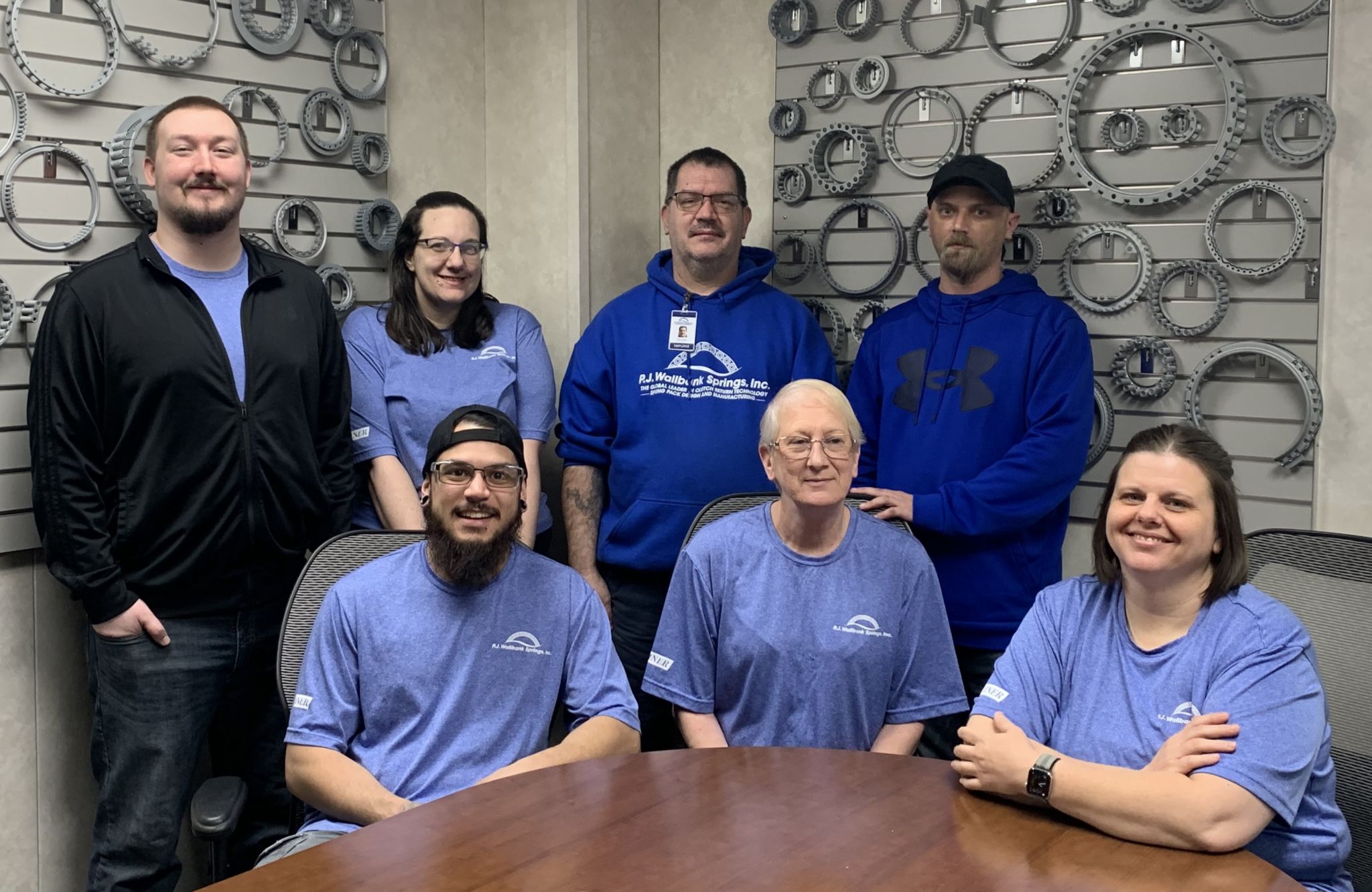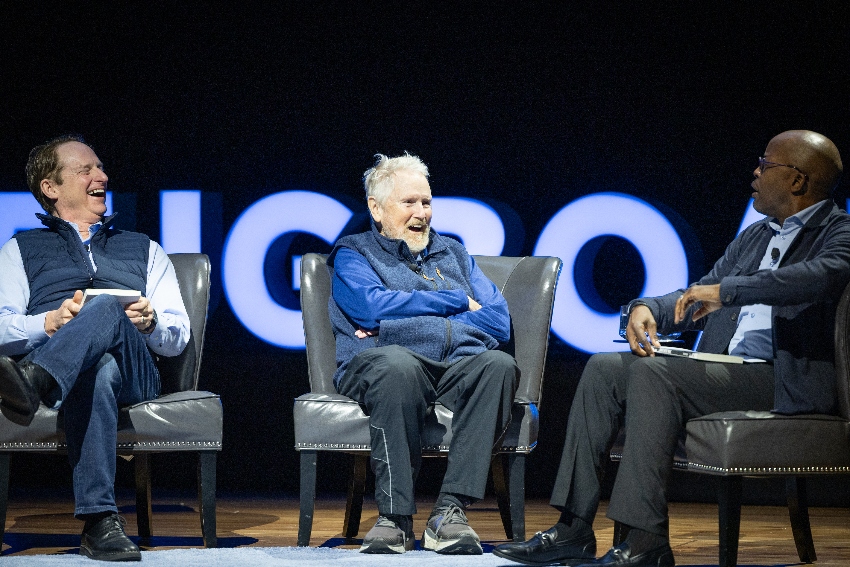

Pioneering a Leadership Team
- Pamela Kan
- Bishop-Wisecarver
As President of our family-owned Evergreen manufacturing business, Bishop-Wisecarver, I’ve recently completed work around identifying the core values that guide our company. The insights of that process have been illuminating. One of the core values that emerged and has really resonated with our team has been our “Pioneering Spirit.”
My ancestors came to California from Iowa in 1853 in a covered wagon. They persevered through many challenges during that journey and in the years since. In 1950, my dad, Bud, founded this company fueled by that same Pioneering Spirit, which is equal parts grit, perseverance, and vision.
In my own career at our company, I have drawn on those traits, and the spirit behind them, to create and nurture a leadership team that will carry us forward into the next generation.
When I joined Bishop-Wisecarver in 1991, it’s safe to say there hadn’t been a lot of energy devoted to developing company leadership. My dad was a natural engineer and tinkerer, and he spent his time on the production floor. While there was an executive committee that met as needed, they didn’t contribute to governance, and business operations were largely managed by a controller without input from any additional management team members.
After a career as a buyer for a division of Carter Hawley Hale, I joined the company to manage a short-term project and then stayed, moving into positions as office manager and marketing manager before assuming an operations role as assistant general manager in 1997. In each position, it was clear to me that the factional and highly siloed way we were functioning was inefficient and led to low morale. I made efforts to create communication and organizational improvements—from starting a company-wide newsletter to ultimately launching an operations committee and bringing the team together for the first time in the company’s history for regular meetings.
I became President in 1999 and continued to work toward innovating and developing structure and leadership within the company—without any precedent or existing framework to guide me. In 2004, I reached a turning point when I joined Strategic Coach® and learned the importance of working toward a self-managing company. The clear message, which I absorbed, was that your ability to innovate, be strategic, and grow a company is based on the strength of your executive team and their ability to create the necessary space for you to move the company forward.
With this directive in mind, I worked for years to develop leadership roles and a high performing executive team from within the ranks of our long-term employees. As a family company that has always valued length of service, it was important to me to honor that precedent. But in 2010, when I really looked at what it would take to elevate the team and create a dynamic that would allow me to grow and innovate, I realized there would have to be turnover. I needed to move past team members resistant to innovation and progress and bring in new people to change the culture and effectiveness of our team.
While it was incredibly painful and difficult to make those few tough choices to let go employees who were no longer contributing, the positive benefit was profound. I was able to create an incredible team. This team now includes people with invaluable, long-term, tribal knowledge—the VP of manufacturing has been with me for 20 years—and newer additions, like the VP of finance, who has been with me for two years. For us, turnover was necessary to upgrade and improve the culture.
As I have brought in new members to the executive team, I have done so with the perspective and self-knowledge gained through years of professional and personal development. Building an effective team has been the result of understanding my strengths and weaknesses as a leader, which has led me to surround myself with people whose skills and personalities allow us to effectively work together.
When I interview a potential executive team member now, I recognize that each candidate is choosing me as a leader, as much as I am choosing them as a member of the team. I know that my leadership style is action-oriented and hands-off; I need people who can create their own structure to get a job done. If someone needs a lot of reassurance and support, I am likely not the best leader for their professional path. I also tend to ask a lot of questions, to really prod my team for information and urge critical thinking; I need to know that my direct reports won’t see this as criticism and will have the self-esteem to thrive in this environment. Understanding these and other aspects of my leadership style has allowed me to be very clear with potential team members and to bring in people who will fit well with the culture we have created. And that’s essential because the only way to build a high-performing team is to build one that is right for you as a leader. Your team needs to support you, and, importantly, you have to like and respect one another. When mutual respect and understanding exists with all members, that’s when you get to that high-performing, self-managing team.
The team I have in place now has the skills and knowledge to allow me the space to think strategically, to pursue professional development opportunities that benefit the company, and to find some much-needed balance in my personal life. I am able to trust that the current leadership team can run the company while I’m away—and do it well. In fact, the company started to grow at our fastest rate when I gave the team the space and freedom to make decisions and take more ownership. And, the team understands that I am equally committed to their professional development and to supporting their needs. We’re in a good place.
Forging a new path as I have done in creating a leadership structure and a functioning executive team where none existed was not easy. There’s no doubt it has required a Pioneering Spirit, but the end result has been worth the effort, helping to ensure an Evergreen future for our company.
Pamela Kan is President of Bishop-Wisecarver, an engineering and manufacturing firm creating proven motion solutions that enable customers to solve their toughest industrial automation challenges.
More Articles and Videos

Why Employees Quit and How to Use Evergreen® Principles to Keep Them
- Michael Horn
- Clayton Christensen Center for Disruptive Innovation

The Data + Human-Centric Approach that Dramatically Improved Retention for P.J. Wallbank Springs, Inc.
- Chris Wallbank
- P.J. Wallbank Springs

Pushing the Boundaries of Client-Centric Innovation
- Jim Jurgielewicz
- Joe Jurgielewicz & Son

Get Evergreen insight and wisdom delivered to your inbox every week
By signing up, you understand and agree that we will store, process and manage your personal information according to our Privacy Policy



